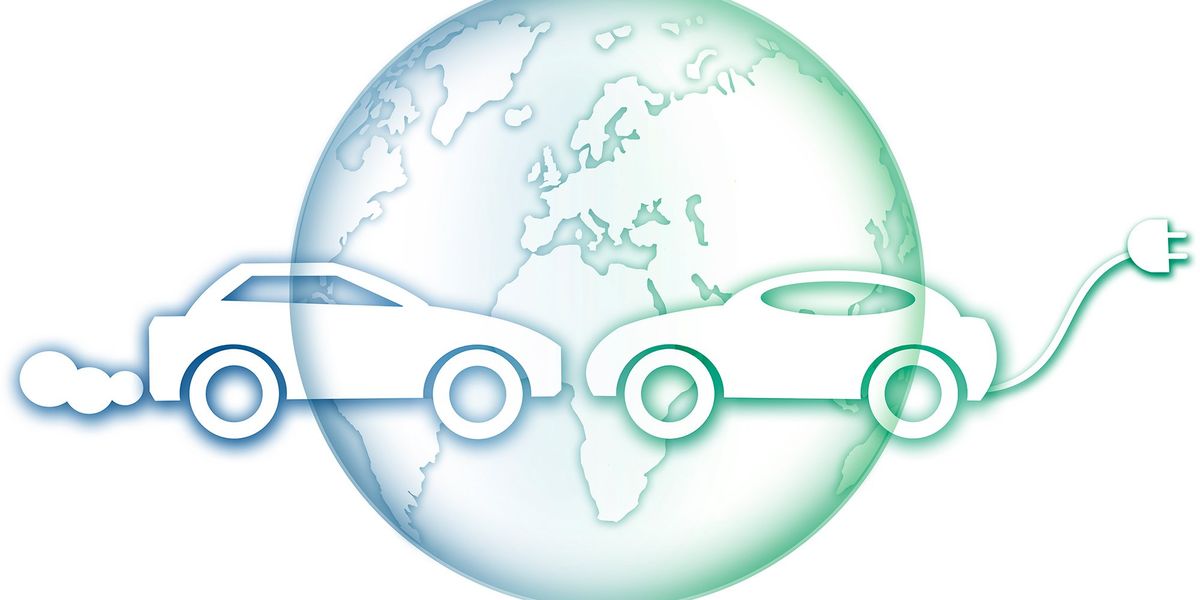Globally, according to research by the Rocky Mountain Institute, EVs will comprise two-thirds of the world’s car sales by 2030. However, according to the World Resources Institute, “EVs need to account for 75 percent to 95 percent of passenger vehicle sales by 2030 in order to meet international climate goals aimed at keeping global warming to 1.5 degrees C (2.7 degrees F).”



https://arstechnica.com/cars/2022/04/new-ev-vs-old-beater-which-is-better-for-the-environment/
As for keeping your current car:
That’s cool. Thanks. It seems i stand corrected. I’ll look into it. Still it really shows how bad individual transportation is for the environment.